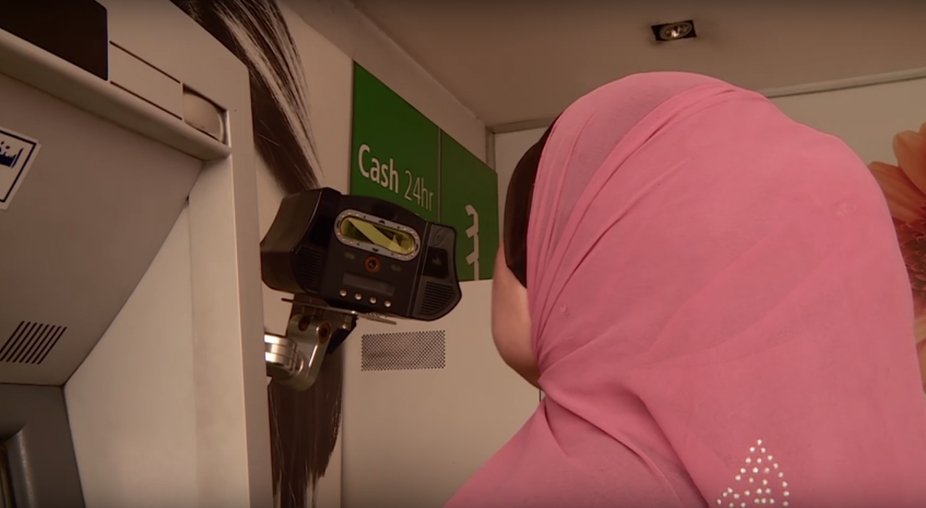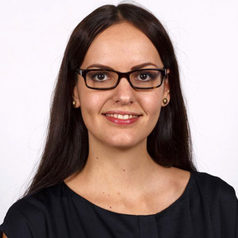The term “refugee camp” is often misleading. Many of the facilities housing some of the world’s 65m people fleeing war and disasters resemble small cities rather than comfortable campgrounds. With tents and caravans crammed together in urban-style grids that sometimes stretch for miles, aid organisations and governments commonly use satellite imagery and other surveillance technologies to control movement in and out of these sprawling installations.
While new technologies are now being used more frequently in the management of humanitarian crises, data infringements of digital records to monitor refugees have also created new risks. Collecting data on marginalised groups in conflict zones is known to be a risky undertaking if it falls into the wrong hands – yet the development of digital databases on Rohingya refugees in Bangladesh has recently been linked to further discrimination and persecution.
In humanitarian crises, technological innovations do not easily translate into ethical advances and can at times resemble an Orwellian tale of tight control over undesired populations. This serves as another unwelcome reminder to refugees of what they have often lost: their homes, livelihoods, families, freedom of movement – and their privacy.
While all these factors are of serious concern, aid agencies have also shown that technology can be fused with ethical ideas to move towards a more flexible and human-centred emergency relief system. We believe that there is plenty of potential to use technology in ways that provide more dignity to refugees.
Choice and autonomy
Given the remoteness of many refugee camps in places such as Uganda, Bangladesh and Kenya, technology can help to address some of the enormous issues facing the world’s refugees. It is already being used to improve refugees’ access to finance, to support their individual autonomy and offer them new choices.
While providing blankets and food inside a camp may have its uses in some situations, such in-kind handouts often create relationships of dependency while confining people to the camps themselves. In Jordan, a partnership between humanitarian organisations and financial institutions uses eye-scanning technology to allow refugees to receive cash aid outside the camps. This helps to cut overhead costs and reduce the role of financial intermediaries, which means that more money can go to refugees.
Eye-scanning equipment has been placed at many local banks and supermarkets throughout Jordan, where refugees can collect the cash hand-outs – which average between $US 125-150 per month – without being confined to the camps. This approach – which uses blockchain technology to manage aid payments provided by the UN’s World Food Program – allows refugees to move more freely than before and maintain contact with relatives in other places. This helps to cement social and economic support networks that are important for individual well-being and long-term resilience.
Other uses of technology in humanitarian crises often revolve around mobile phones. In facilities such as Kenya’s Dadaab and Jordan’s Zaatari camps, this offers support to refugees gaining knowledge to start businesses, communicating with customers and suppliers, and arranging payments.
Technology has also been used in camps such as Azraq in Jordan and Kakuma in Kenya to provide online higher education with support from universities such as Geneva and Princeton.
3-D printing is also being explored to help refugees access important supplies. The Jordanian organisation Refugee Open Ware is trying to bring important medical equipment, including prosthetic limbs, to injured survivors of the Syrian civil war. The aim is to create an open source movement around 3-D printing prosthetics for refugees and to help bring innovation into the humanitarian sector.
Humanitarian relief is not just about helping people survive in hostile settlements – it is also about re-establishing hope and self-respect in those who have suffered due to conflict, economic upheaval or natural disaster. Applied responsibly, technology can give humanitarian ethical ideals new life. In the process, it can disrupt the aid system by bringing new ideas, approaches and organisations into the sector to empower refugees and rebuild their livelihoods.
The novelty of these examples is not due to technological innovation alone – which can also serve more sinister purposes, whether in refugee camps or the most modern of cities, given the different ways in which technology and data can reinforce conscious or unconscious biases. Instead, we should seek to harness the good that technology can bring by creatively fusing new technologies with ethics to bring ideals of human dignity, participation and autonomy back to some of the world’s most disenfranchised people.
 Corinna Frey received funding from the Economic and Social Research Council and the Cambridge University Trust.
Corinna Frey received funding from the Economic and Social Research Council and the Cambridge University Trust.
Marian Gatzweiler received funding from the University of Edinburgh Business School.



 ‘They don’t have enough’ – schools in England are running food banks for families
‘They don’t have enough’ – schools in England are running food banks for families  Naver Pay, Billboard Ink MOU for Fintech-Entertainment Services; Billboard Korea to Launch in June
Naver Pay, Billboard Ink MOU for Fintech-Entertainment Services; Billboard Korea to Launch in June  Mexico’s slow slide towards vigilante violence
Mexico’s slow slide towards vigilante violence  A new wave of wearable devices will collect a mountain on information on us
A new wave of wearable devices will collect a mountain on information on us  Video games at work? It sounds fun, but there are ethical risks
Video games at work? It sounds fun, but there are ethical risks  BMW Offers Up to $13,000 Off 2024 EV Models; Kia's Affordable Electric Cars Set to Compete
BMW Offers Up to $13,000 Off 2024 EV Models; Kia's Affordable Electric Cars Set to Compete  Samsung Touts AI as Game-Changer in Outpacing Apple with Innovative Home Appliances
Samsung Touts AI as Game-Changer in Outpacing Apple with Innovative Home Appliances  SHIB, BONE Prices Rally: Factors Fueling Memecoin Market Recovery Revealed
SHIB, BONE Prices Rally: Factors Fueling Memecoin Market Recovery Revealed  EU enlargement: What does the future hold?
EU enlargement: What does the future hold?  Will global oil supply be at risk if Iran and Israel pull the Middle East into war?
Will global oil supply be at risk if Iran and Israel pull the Middle East into war?  AMD Targets Nvidia, Intel with New AI Chips for Gaming and Business PCs
AMD Targets Nvidia, Intel with New AI Chips for Gaming and Business PCs  The yen plunges to 34-year low despite interest rate hike
The yen plunges to 34-year low despite interest rate hike  Gym hygiene guide: the dangerous bacteria that lurk in dirty fitness equipment and clothes
Gym hygiene guide: the dangerous bacteria that lurk in dirty fitness equipment and clothes  The big dry: forests and shrublands are dying in parched Western Australia
The big dry: forests and shrublands are dying in parched Western Australia  Tesla Enhances Sentry Mode with Remote Viewing, Promises Spring Software Boost
Tesla Enhances Sentry Mode with Remote Viewing, Promises Spring Software Boost 































